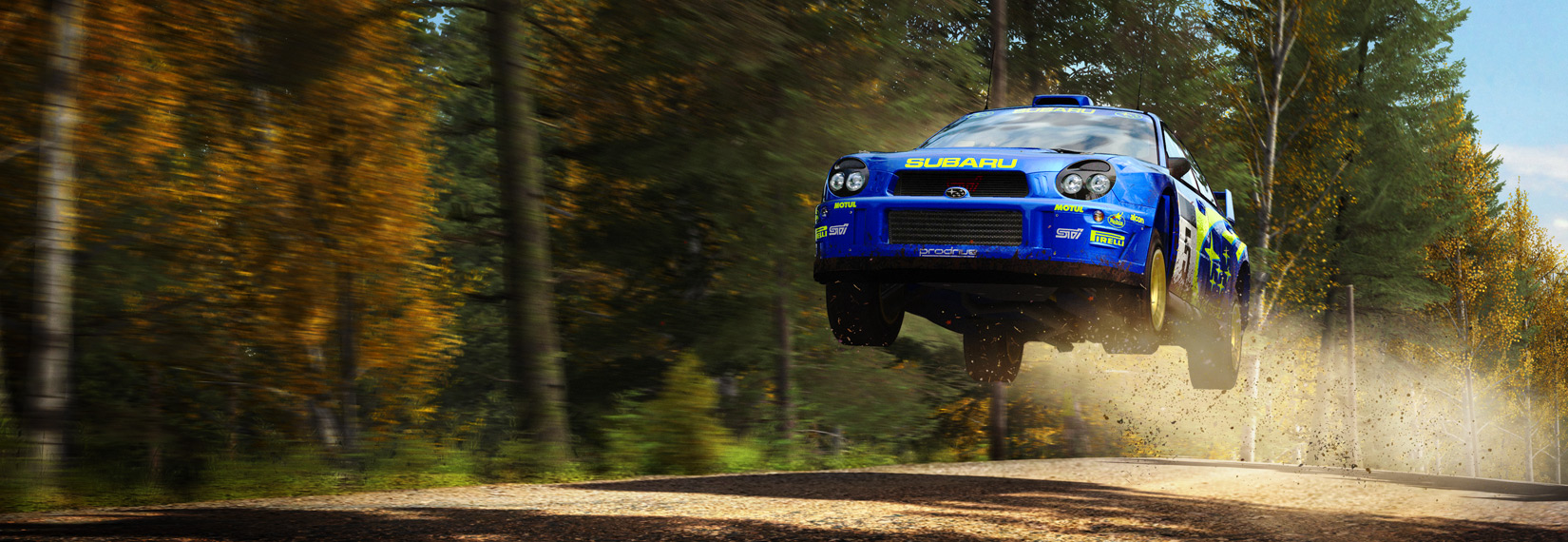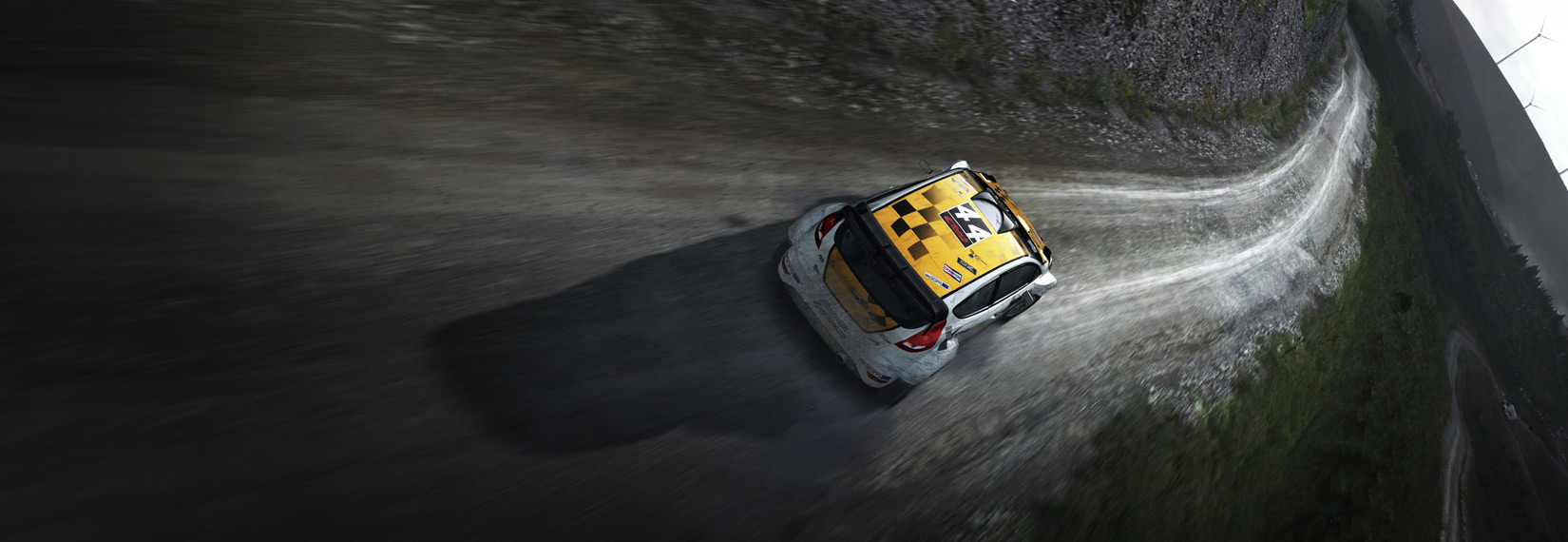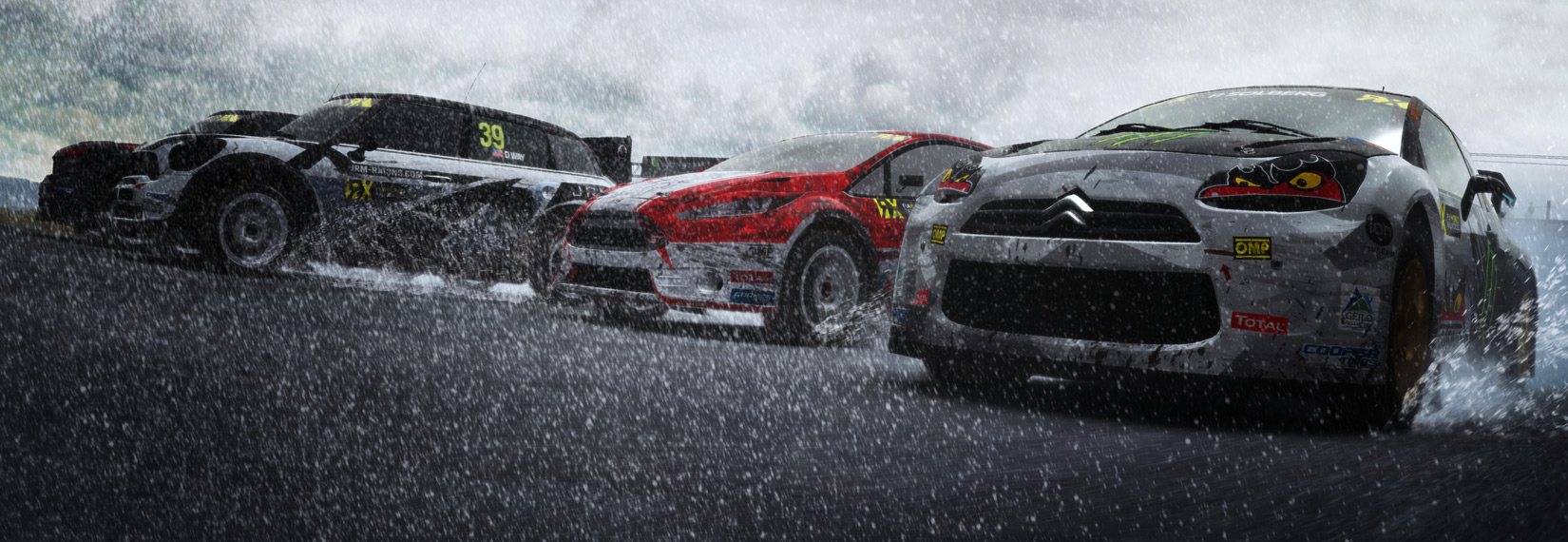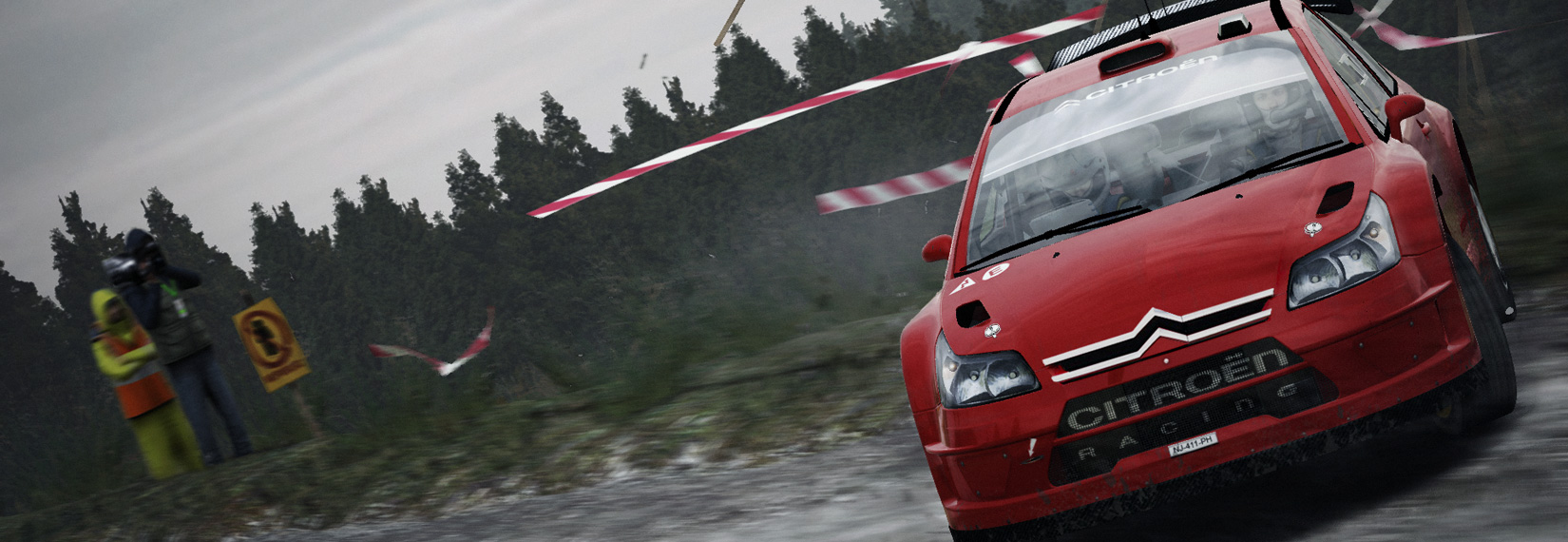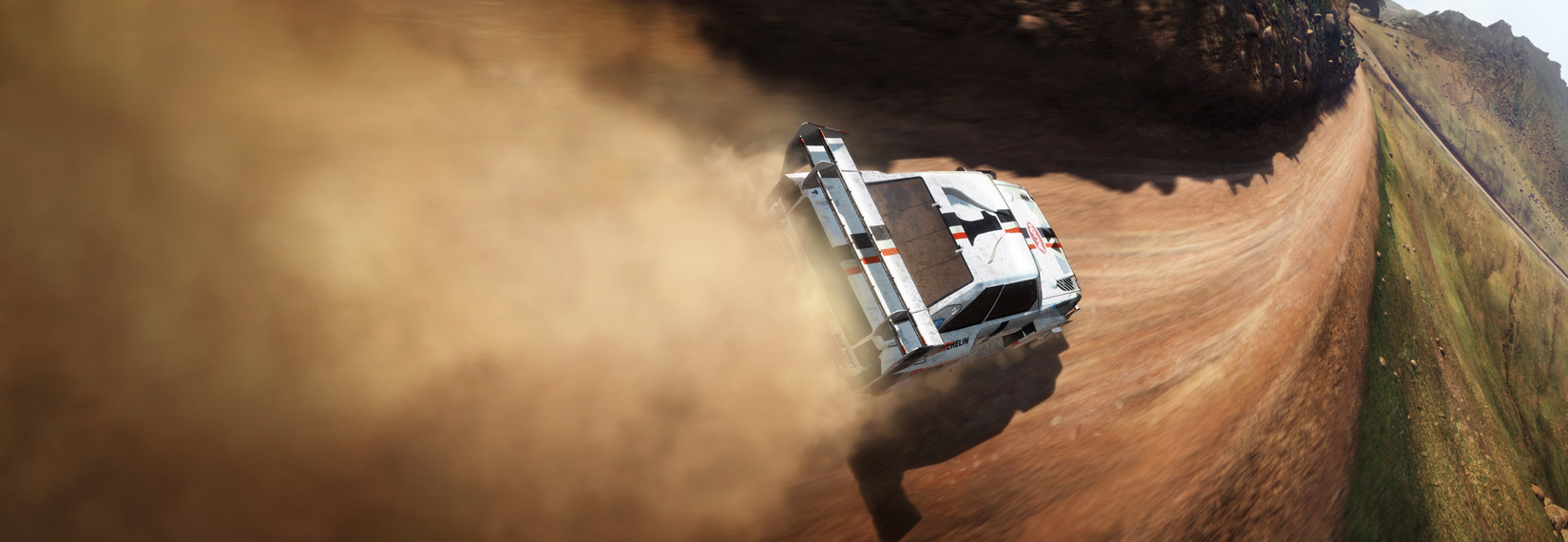Welcome to DiRT Rally
Game Overview
About the game:
DiRT Rally is the most authentic, challenging and thrilling rally game ever made, road-tested over 80 million miles by the DiRT community. It captures the essence of what makes rally unique like no other game: that white knuckle feeling of racing on the edge; trying to remain in control of your emotions as you hurtle along dangerous, undulating roads at breakneck speed, aiming to squeeze everything out of your car whilst knowing that one crash could irreparably harm your stage time.
It’s the ultimate test of a driver’s skill, and the ultimate in high risk, high reward gameplay.

Play Your Way

Start out at the bottom and work your way to the top of the rally world. Hire a crew chief and engineers to build your competitive edge as you race the most iconic cars from rally history across the rally, hillclimb and rallycross disciplines

Take on the DiRT Rally community via Daily, Weekly and Monthly RaceNet challenges to earn in-game currency rewards or take to the track in online multiplayer rallycross races. Have you got what it takes to be the best of the best?
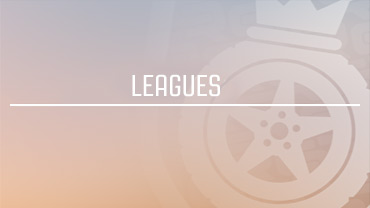
Get together with friends and run your very own racing league, or join an existing one within the vibrant DiRT Rally community. You can join as many leagues as you like and they are fully customisable all the way down to the weather conditions.
PC System Requirements
Minimum Spec
- Operating System: 64bit Versions of Windows 7, Windows 8, Windows 10
- CPU: AMD FX Series or Intel Core i3 Series
- RAM: 4GB RAM
- Graphics Card: AMD HD5450 or Nvidia GT430 or Intel HD4000 with 1GB of VRAM (DirectX 11 graphics card required)
- Storage: 50 GB HDD
Recommended Spec
- Operating System: Windows 7 or 8.1 64bit
- CPU: AMD FX-8150 or Intel Core i5 4670K
- RAM: 8GB RAM
- Graphics Card: AMD R9 290 or Nvidia GTX780
- Storage: 50 GB HDD
Supported Peripherals
- Fanatec Clubsport Pedals V1
- Fanatec Clubsport Pedals V2
- Fanatec ClubSport Shifter (SQ)
- Fanatec ClubSportWheel v1
- Fanatec ClubSportWheel v2
- Fanatec CSR Elite Wheel
- Fanatec GT2 Wheel
- Fanatec GT3 V2 Wheel
- Fanatec Porsche 911 Carrera
- Fanatec Porsche 911 Turbo S
- Fanatec Porsche Wheel Turbo S
- Generic Keyboard
- Logitech Cordless RumblePad 2 USB
- Logitech Driving Force EX/RX
- Logitech Driving Force GT
- Logitech Driving Force Pro
- Logitech Dual Action Gamepad
- Logitech F710 Wireless Gamepad
- Logitech G25 Racing Wheel
- Logitech G27 Racing Wheel
- Logitech G29 Racing Wheel
- Logitech G920 Racing Wheel
- Logitech MOMO Racing Wheel
- Logitech Rumble Gamepad F510
- Logitech RumblePad 2 USB
- Microsoft Sidewinder Force Feedback Wheel
- Microsoft Wireless Xbox 360 Racing Wheel
- Official Xbox 360 Wired Pad
- Official Xbox 360 Wireless Pad
- SimSteering
- SimXperience AccuForce Pro
- SPEEDLINK Strike FX Gamepad
- Thrustmaster Dual Trigger 3-in-1
- Thrustmaster F430 Force Feedback Racing Wheel
- Thrustmaster Ferrari GT Experience Racing Wheel
- Thrustmaster RGT FF Pro
- Thrustmaster T150
- Thrustmaster T300 – 599XX EVO 30
- Thrustmaster T300 – Ferrari GTE rim
- Thrustmaster T300 – PS rim
- Thrustmaster T300 – TM Leather 28 GT
- Thrustmaster T500 – 599XX EVO 30
- Thrustmaster T500 – F1 rim
- Thrustmaster T500 – Ferrari GTE rim
- Thrustmaster T500 – PS rim
- Thrustmaster T500 – TM Leather 28 GT
- Thrustmaster TH8 RS Shifter
- Thrustmaster TX – 599XX EVO 30
- Thrustmaster TX – Ferrari GTE rim
- Thrustmaster TX – Ferrari 458 Italia Edition
- Thrustmaster TX – TM Leather 28 GT
- Thrustmaster TMX Force Feedback
- Thrustmaster T3PA Pedals
- Thrustmaster T3PA Pro pedals
- Fanatec Clubsport Pedals V3
- Fanatec CSR Pedals
- Fanatec CSR Elite Pedals
When using the Logitech G920 or G29, we recommend reducing the Brake Saturation until you can achieve 100% of the input in the Advanced Wheel Settings screen.
Hints & Tips

Getting used to DiRT Rally
The first time you play DiRT Rally may be a little daunting. Not many drivers finish their first race without a crash, and even fewer will win their first event. The game is designed from the ground up to be an authentic simulation of real world rally. The good news for you is, real world driving techniques are applicable to every section of every stage in the game.
A better understanding of rally driving techniques will lead you to become naturally faster as you gain confidence and understanding of the car you are driving and the surfaces that you are driving on. It is much easier to add speed to a good technique.
Co-Driver Calls
DiRT Rally uses the 1-6 system co-driver call system. This means that 1 is a slow corner and 6 is fast one. We call the corner direction first i.e. “Left Five into Right Three” and have a little more detail such as “Square”, “Hairpin” and “Acute” corners for when the corner severity is 90 degrees or greater.
Linking all of the corners together are distances. “Into” and “And” are very small distances between corners, we then use even numbers up to 100 metres and odd numbers once we go over the 100 metre mark.
The best way to describe the calls that describe the corner severity is with a diagram. So here is one I prepared earlier:
The key thing to remember with these calls is that they are not Pace Notes. Pace Notes are written on recces and are very personal to the crews that create them and the car they are using. The calls we have created are Route Notes and they are designed to describe the road as best as possible. This makes them much more consistent and far less subjective, as a result they are a much better fit for the broad spectrum of rally cars that you will be able to drive on our stages.
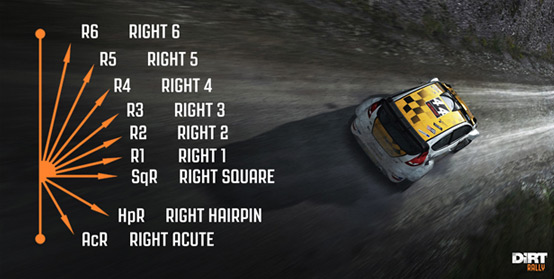
Techniques

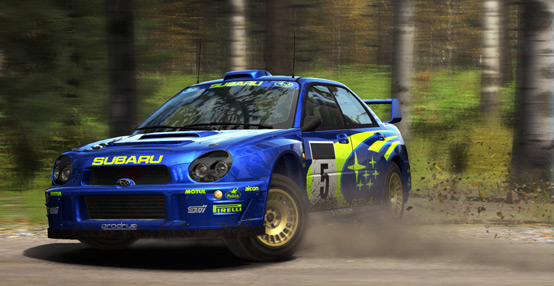
Attitude!
Like an aeroplane, rally cars move in 3 axis; roll (side to side), pitch (front to back) and yaw (rotation). In order to traverse a rally stage quickly and without crashing, the driver must pro-actively manage the attitude of the car at all times. Rally cars are well known for performing big slides and most of the time, they are intentionally induced by the driver to achieve as high a speed as possible without sliding off the road.
Braking
There are two separate but equally important uses for the brakes in a rally car. The most obvious use is to slow down to a speed at which the car can take the next corner without crashing. The second, less obvious reason is to manage weight transfer before, during or even after cornering. Applying the brakes transfers more of the weight of the car over the front wheels, pressing the tyres against the road, giving them increased grip. Of course, the trade off is that the rear tyres have less of the cars weight applied to them, resulting in less grip.
Weight Transfer
The key component around which most other aspects of rally driving revolve is known as 'weight transfer'. The direct effect of weight transfer is that the amount of mechanical pressure applied by each of the four tyres against the road surface varies. When a car speeds up, slows down or turns, each tyre will experience an increase or decrease in that mechanical pressure compared to when the car is stationary. This results in an increase or decrease of the potential grip available. As a driver you must actively manage the weight transfer in order to maximise the grip potential of each tyre, at the moment that grip is required whether you are braking, accelerating or turning. Braking and accelerating produces longitudinal weight transfer. Turning produces lateral weight transfer. Bear this basic principle in mind when you’re out on stage, as almost all techniques are used to manage weight transfer.

